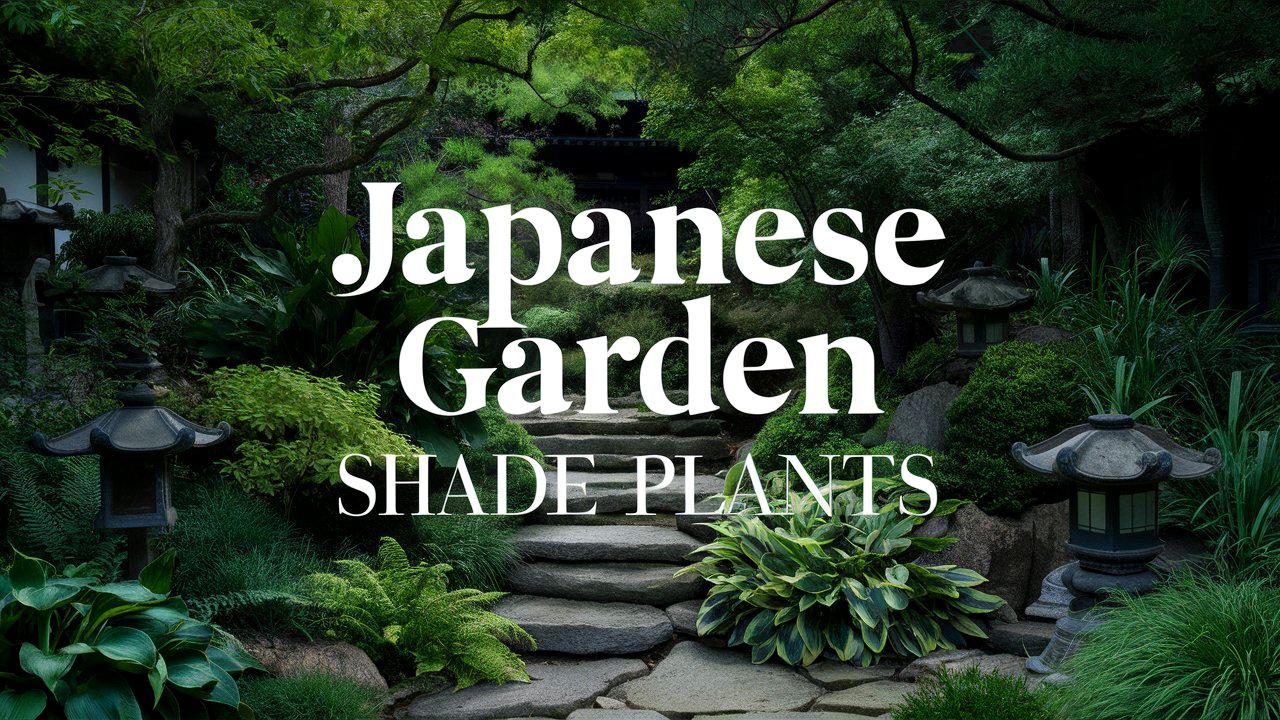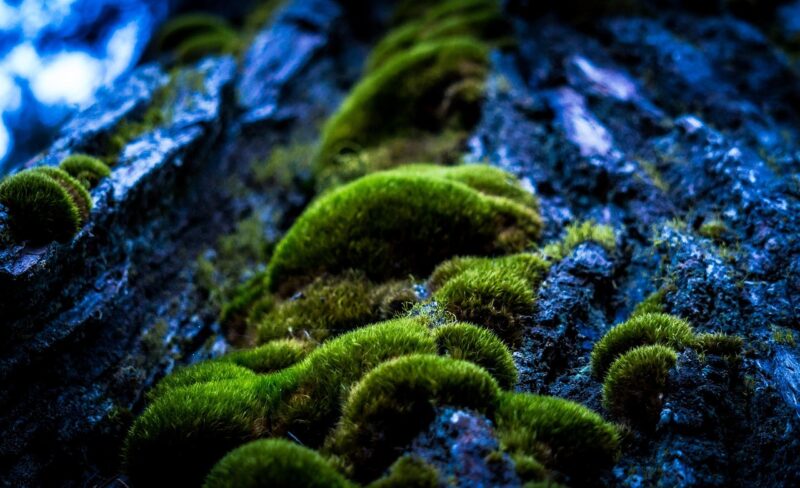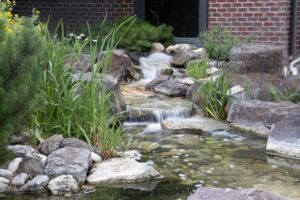Creating a Japanese garden is an art form that requires an understanding of both aesthetics and nature. Among the most enchanting aspects of these gardens is the variety of shade plants that thrive in the dappled sunlight, echoing the serenity and complexity of Japanese philosophy.
In this post, we’ll explore the vibrant world of Japanese garden shade plants, detailing their characteristics, care requirements, and how they contribute to the overall ambiance of the garden.
Japanese Maple (Acer palmatum)
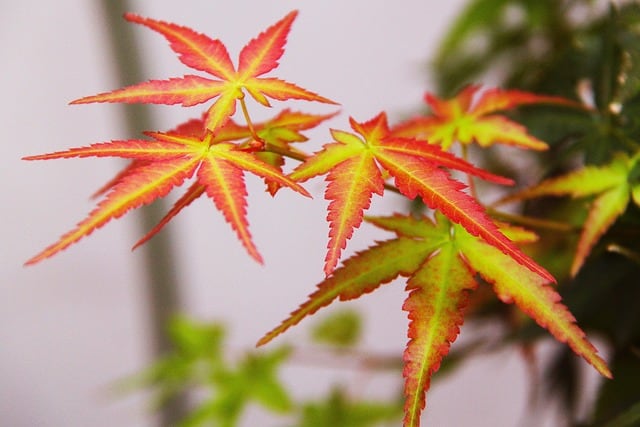
One of the crowning jewels of any Japanese garden is the Japanese maple. Known for its stunning foliage that ranges from deep greens to brilliant reds and purples, the Acer palmatum offers a visual spectacle throughout the seasons. These trees are particularly prized for their delicate, lace-like leaves, which create a graceful silhouette against the backdrop of a tranquil garden.
Japanese maples thrive in partially shaded areas, making them perfect for under-canopy placements. When choosing a location, consider providing dappled sunlight throughout the day, which will enhance their vibrant color without causing leaf scorch. Soil that is well-drained and rich in organic matter is ideal, as it mimics their natural habitat on forest floors.
To maintain a healthy Japanese maple, regular watering is essential, particularly during dry spells. However, one should avoid overwatering, as these trees are prone to root rot in soggy conditions. Pruning can also be beneficial, allowing for airflow and sunlight penetration, which contributes to a fuller, healthier tree. With patience and care, the Japanese maple can become a magnificent focal point in any garden, inviting admiration from all who visit.
Ferns
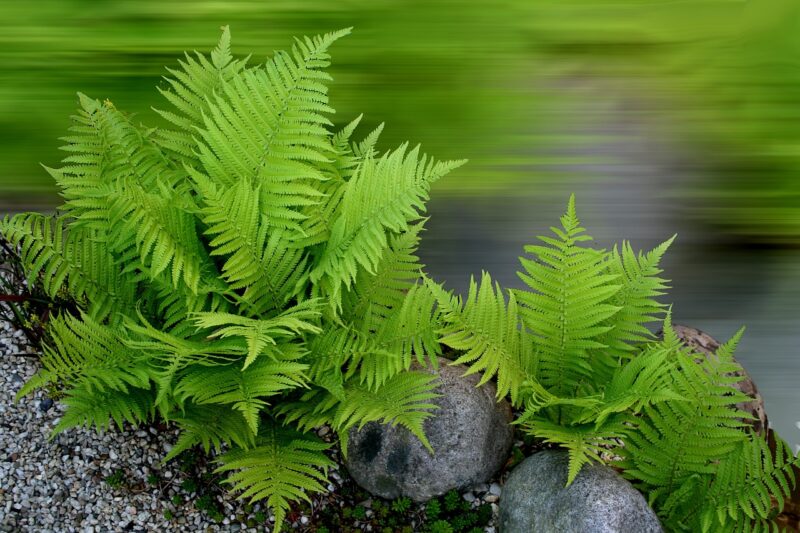
Ferns are a staple in Japanese gardens, adding depth and texture to shaded areas. With their lush foliage and delicate fronds, they create a lush green tapestry that complements the serene beauty of the garden. The diversity of ferns ranges from the delicate maidenhair fern (Adiantum spp.) to the robust Japanese painted fern (Athyrium niponicum), allowing gardeners to choose varieties that suit their aesthetic preferences.
These shade-loving plants thrive in moist, well-drained soils, making them an excellent choice for planting under larger trees or in areas receiving filtered light. Their ability to spread creates a natural, informal look while providing a habitat for beneficial insects and small wildlife.
Ferns prioritize humidity, so regular misting or providing a layer of mulch can help maintain moisture in the soil. They are relatively low-maintenance and do not require heavy fertilization, making them ideal for beginners. As they flourish in shady corners, ferns play a crucial role in establishing the tranquil atmosphere that is synonymous with Japanese gardens.
Mosses
Moss is an essential element in the realm of Japanese gardening, celebrated for its lush green carpets and ability to evoke a sense of ancient tranquility. Covering the ground with moss produces a velvety landscape that not only looks beautiful but also effectively retains moisture and prevents soil erosion.
Moss thrives in shaded, humid environments, making it particularly suited for low-light areas in the garden. To cultivate moss effectively, it’s essential to ensure that the area is free of debris and has the right light conditions. Moss can be propagated from commercially available species or collected from nature, but be sure to adhere to local regulations regarding wild collections.
Care for moss involves keeping the area consistently moist, which may require watering during particularly dry spells. It’s also essential to avoid foot traffic on moss-covered areas to maintain its lush appearance. With time, moss develops a vibrant texture that enhances the organic feel of the garden, inviting visitors to pause and appreciate its understated beauty.
Hakonechloa macra (Japanese Forest Grass)
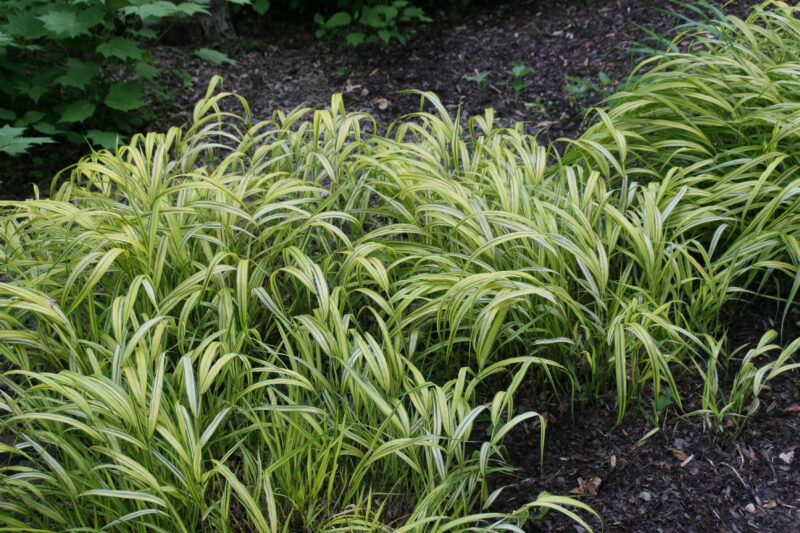
The graceful Japanese forest grass, Hakonechloa macra, introduces movement and texture to shaded spots in your garden. Its arching, flowing blades of green or gold (or variegated varieties) mimic the gentle sways of nature and embody the tranquil essence of a Japanese landscape. This perennial grass is particularly appealing when planted in masses or as a border along stepping stones.
Preferring moist, well-drained soil, Japanese forest grass thrives in partial to full shade, making it an excellent choice for woodland gardens or shaded patio areas. It’s tolerant of a variety of soil types but flourishes best in rich, organic matter.
Regular watering is important, especially in the warmer months, to keep the foliage lush and vibrant. As a low-maintenance plant, occasional trimming in late winter helps rejuvenate its growth for the upcoming season. With its unique texture and gentle sway, Hakonechloa macra contributes an element of movement and life to the shade garden.
Azaleas (Rhododendron spp.)
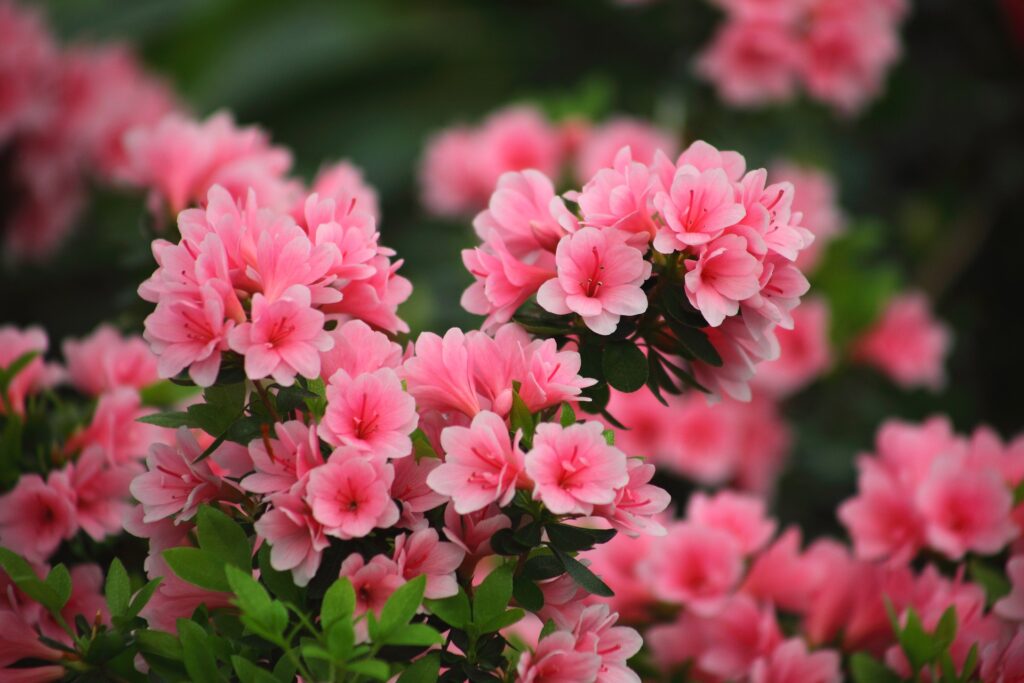
Azaleas are a breathtaking addition to any Japanese garden, showcasing bursts of color against the cool greens of shade plants. These flowering shrubs bloom in spring with stunning clusters of flowers, ranging from soft pinks and whites to vibrant reds and purples. Planting azaleas allows gardeners to incorporate seasonal brilliance into their landscapes.
These shade-loving plants thrive in partially shaded areas, striking a balance between light and shelter to produce robust blooms. Acidic, well-drained soil is ideal for azaleas, as they are sensitive to alkaline conditions. Gardeners should ensure adequate moisture, especially in the first couple of years when establishing their roots.
Pruning is also an integral part of azalea care, as it encourages bushier growth and can enhance blooming. After flowering, removing spent blooms and some older branches can stimulate new growth, leading to even more blooms in subsequent years. By carefully selecting and placing azaleas, you can create vivid color pockets, effortlessly blending beauty and tranquility in your garden.
Hostas
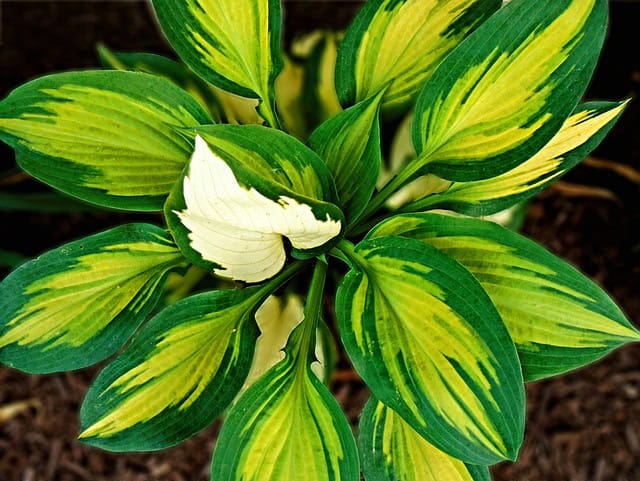
Hostas bring richness and variety to Japanese gardens through their spectacular foliage, ranging from vibrant greens to striking blues. Often called “plantain lilies,” hostas thrive in shady environments, making them perfect for areas where sunlight struggles to penetrate. These perennials are often used as focal points, with their large leaves attracting attention and creating visual interest.
Hostas appreciate well-drained, nutrient-rich soil, and they’re generally adaptable to various garden conditions. Regular watering is vital, especially during dry spells, to keep their leaves lush and vibrant. One of their fantastic qualities is the variety of leaf patterns—from solid greens to variegated golds—that can work well when layered with other shade plants.
In addition to their beauty, hostas are relatively low-maintenance. Removing any wilted foliage in the fall and mulching in winter helps provide protection and nutrients. When seeking a tranquil yet visually engaging addition to your garden, hostas are an excellent choice that can transform even the shadiest locations into rich, layered landscapes.
Camellias (Camellia japonica)
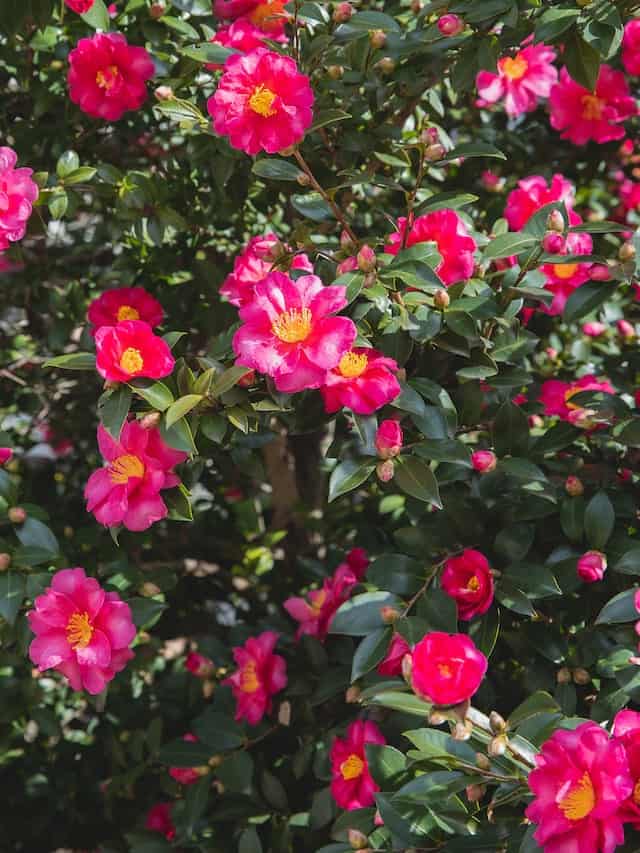
Camellias are cherished for their exquisite flowers, often appearing in shades of pink, red, or white, that bloom during the cooler months when many plants are dormant. The glossy foliage of the Camellia japonica creates a lush background that enhances their striking blooms, making them a valuable addition to Japanese gardens.
Preferring partial to full shade, camellias thrive in slightly acidic, well-drained soils, making it essential to choose locations that mimic their natural habitat. Regular watering is key to ensuring vibrant blooms, particularly during dry spells. When planting camellias in your garden, consider spacing them to allow for their eventual size and spreading capabilities.
Pruning can help shape camellias and encourage bushy growth, allowing for a more spectacular bloom display. Timing is crucial, so be sure to prune after flowering to avoid cutting off next season’s buds. With proper care, camellias can provide stunning seasonal interest and stand as symbols of beauty and resilience in your shade garden.
Japanese Anemones
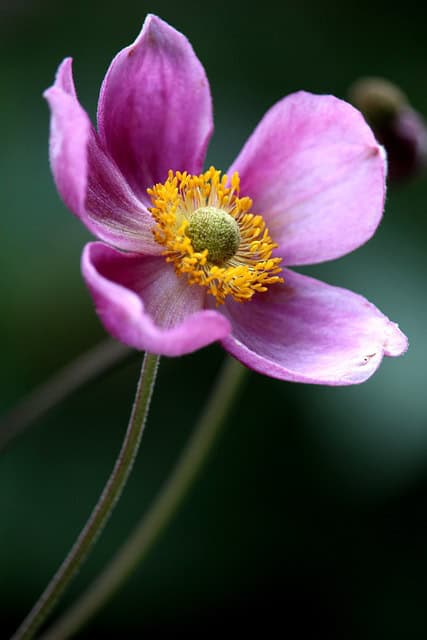
Japanese anemones grace shady corners of the garden with their elegant, nodding blooms, appearing like soft whispers among the foliage. Their flowers, typically in shades of white or pink, emerge in late summer to fall, extending the garden’s visual appeal well into the autumn months. As perennials, they can thrive for years, offering delightful returns in the cooler seasons.
These plants prefer moist, well-drained soil and can tolerate various light conditions, including full shade. However, they will reward you with more flowers in partial shade. Once established, Japanese anemones can spread prolifically, making them a wonderful choice for ground cover in shaded areas.
While they are generally low-maintenance, ensuring they receive enough moisture—especially in dry spells—will help them bloom beautifully. In late winter or early spring, a light pruning will help maintain their health and vigor. Adding Japanese anemones to your garden not only enhances its beauty but also provides a lovely transition from summer to fall.
Japanese Spurge (Pachysandra terminalis)
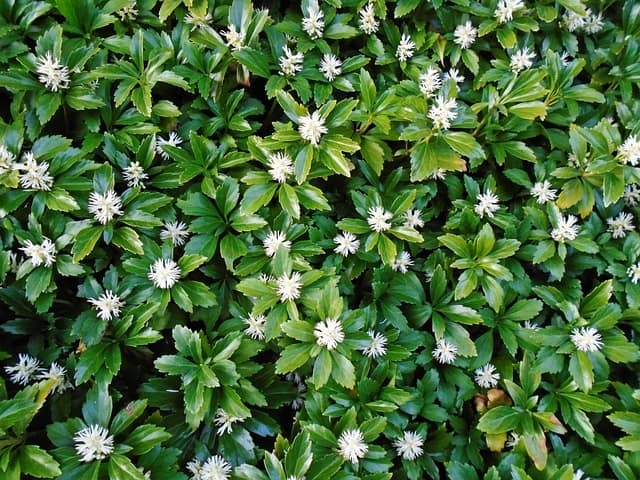
Japanese spurge is a classic ground cover plant that thrives in shaded areas, making it ideal for Japanese gardens. Its shiny, evergreen leaves create a lush green carpet that complements other foliage, while also suppressing weeds effectively. This hardy plant is often used in mass plantings or as a border, providing a cohesive look.
Pachysandra terminalis thrives in rich, well-drained soil and prefers moderate to heavy shade. They are drought-tolerant once established but benefit from regular watering to help them reach full potential. One of the remarkable benefits of Japanese spurge is its low maintenance; simply trimming back any unwanted growth and occasional watering will suffice.
In addition to its practical benefits, the subtle beauty of Japanese spurge enriches the garden’s visual appeal. Its ability to survive in low-light conditions makes it a perfect partner for more vibrant shade plants, creating a diverse and engaging landscape that draws the eye.
Final Thoughts
Creating a Japanese garden oasis shaded by tranquil foliage is a rewarding endeavor. With so many wonderful plants to choose from, you can craft a serene and inviting space that offers beauty in every season. By carefully selecting shade-loving plants such as Japanese maples, ferns, and azaleas, you can cultivate a garden that reflects the principles of Japanese aesthetics—a harmony with nature, tranquility, and depth.
As you embark on your gardening journey, embrace the learning process, and don’t hesitate to experiment with different combinations of plants. Your unique touch will shape your Japanese garden into a peaceful retreat, a space for contemplation and connection with the beauty of nature.
Commonly Asked Questions
Which Shade Loving Plants are Best for Japanese Gardens?
The best shade-loving plants for Japanese gardens include Japanese maples, ferns, hostas, azaleas, and mosses. These plants not only thrive in low-light conditions but also contribute to the serene and tranquil atmosphere that characterizes Japanese gardens.
What is the best way to look after a Japanese Maple?
To care for a Japanese maple, ensure it is planted in well-drained, nutrient-rich soil and is positioned where it receives dappled sunlight. Regular watering is essential, but avoid overwatering to prevent root rot. Pruning should be done sparingly to maintain its shape and promote healthy growth. Mulching can also help retain soil moisture and protect the roots.
What is the Best Way to Cultivate Moss in Shade?
To cultivate moss in shady areas, first clear the space of debris and weeds. Ensure the area remains consistently moist, either through natural rainfall or regular watering. You can propagate moss by collecting pieces from natural environments or purchasing spore sheets. Avoid foot traffic on the moss to preserve its integrity, and enjoy the lush, tranquil effect it brings to your garden.
Why is Pachysandra the Perfect Ground Cover?
Japanese spurge (Pachysandra terminalis) is the perfect ground cover due to its tolerance of shady conditions, dense foliage that suppresses weeds, and low maintenance requirements. Its evergreen leaves offer year-round visual interest, making it an excellent choice for filling gaps and enhancing the beauty of shaded areas in your garden.


